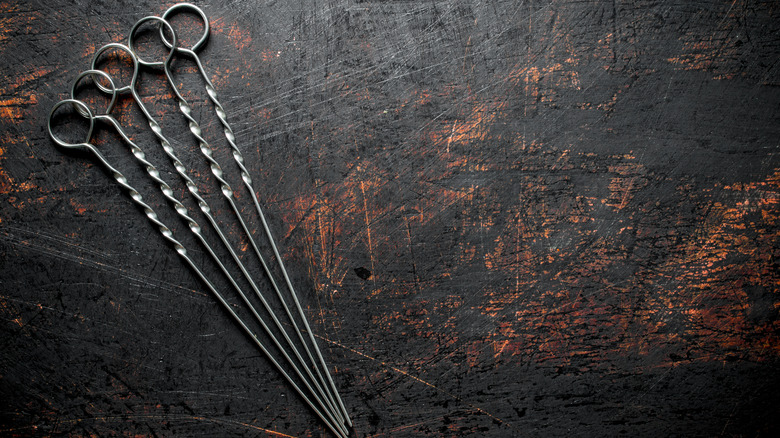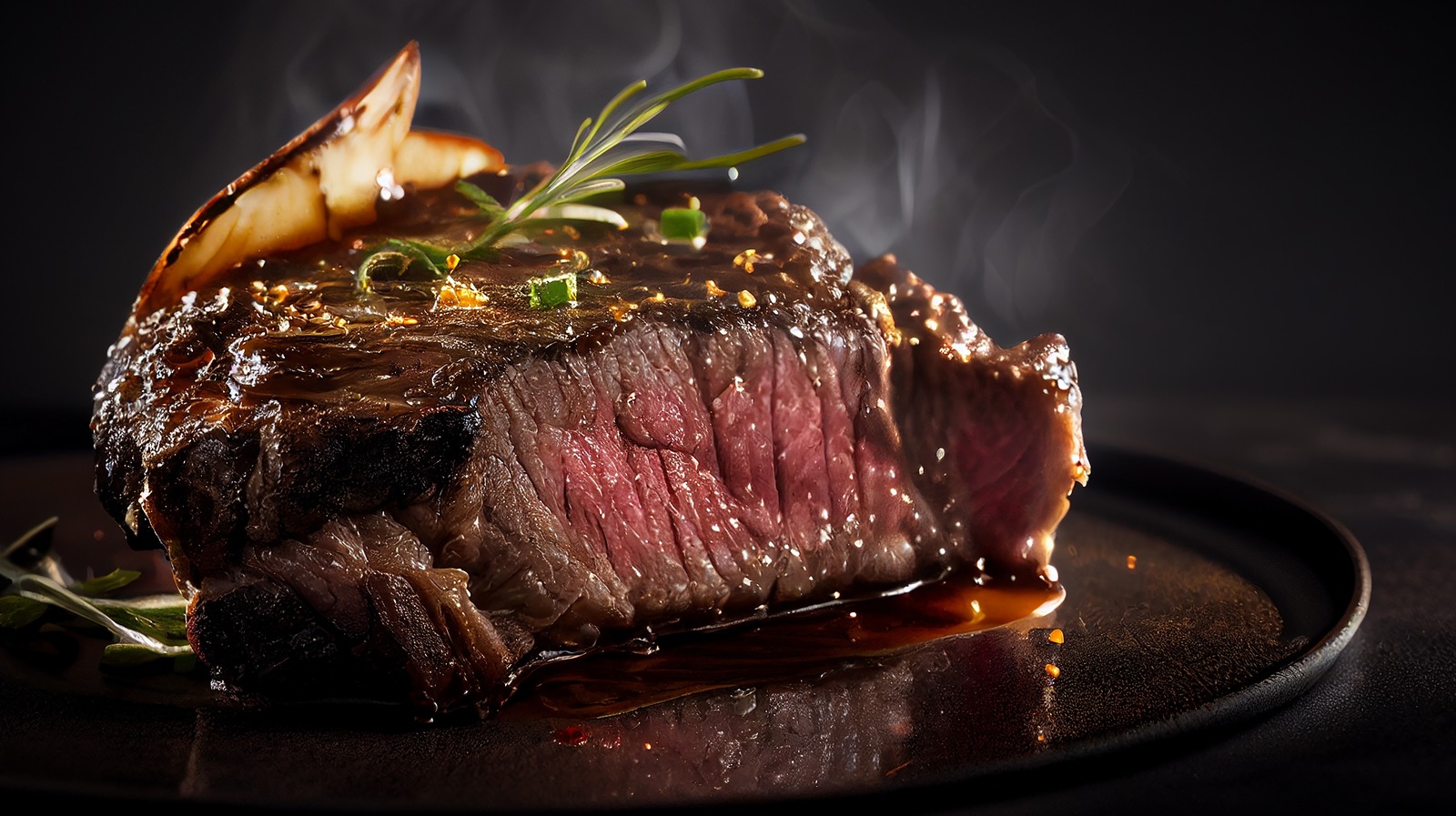A meat thermometer is great for checking the internal temperature of a roasted joint so you can pull it out of the oven at the perfect succulent moment. While this nifty piece of kitchen equipment is super useful, it isn’t something that everyone stows in their utensil drawer. Luckily, there’s another way to check if your roast beef is done cooking to your liking, and all you need is a simple metal skewer or cake tester.
There’s nothing as annoying as spending time and energy preparing a roast dinner only to find that your joint is unpalatably chewy or still mooing. Indeed, it’s uber-tricky to tell if a roast is rare, medium-rare, or well done by looking at the exterior alone. You can’t slice it down the center without disturbing the juices in the middle or press it with your fingers like you’d do with a steak to tell if it’s medium-well without cutting into it.
Metal skewers are perfect for checking if roast beef is done cooking because they conduct heat extremely well. A quick 10 seconds or so buried deep into the center of the roast is sufficient for the metal to absorb the surrounding heat within the beef and give you a clear indication of its level of doneness. Simply remove the skewer and place it on your wrist or below your lip to gauge its temperature and, in turn, the status of the beef.
A cold skewer means your beef is undercooked

A skewer that feels cool to the touch indicates that the beef is raw in the middle, whereas a warm one suggests that the meat is medium-rare. If the skewer feels hot, your roast is likely medium, and if it feels blisteringly hot (so hot that you can’t keep it on your wrist) then your beef is probably well done. All you need to do is check the roast at regular intervals by inserting the skewer into the center — once the heat of the metal feels right, pull the beef out of the oven and allow it to rest.
The other benefit of using a metal skewer is its diameter — it’s so thin that it won’t leave an unsightly visual pit in the surface of meats, which is ideal if you plan on presenting your roast beef whole and carving it at the table in all its glory. The final perk is that a metal skewer has a fine tip that can puncture through protein with ease. Better yet, the perforation made with its slender apex is so small that little of the internal juices are able to leak out, resulting in a joint that’s tender and moist when carved.







